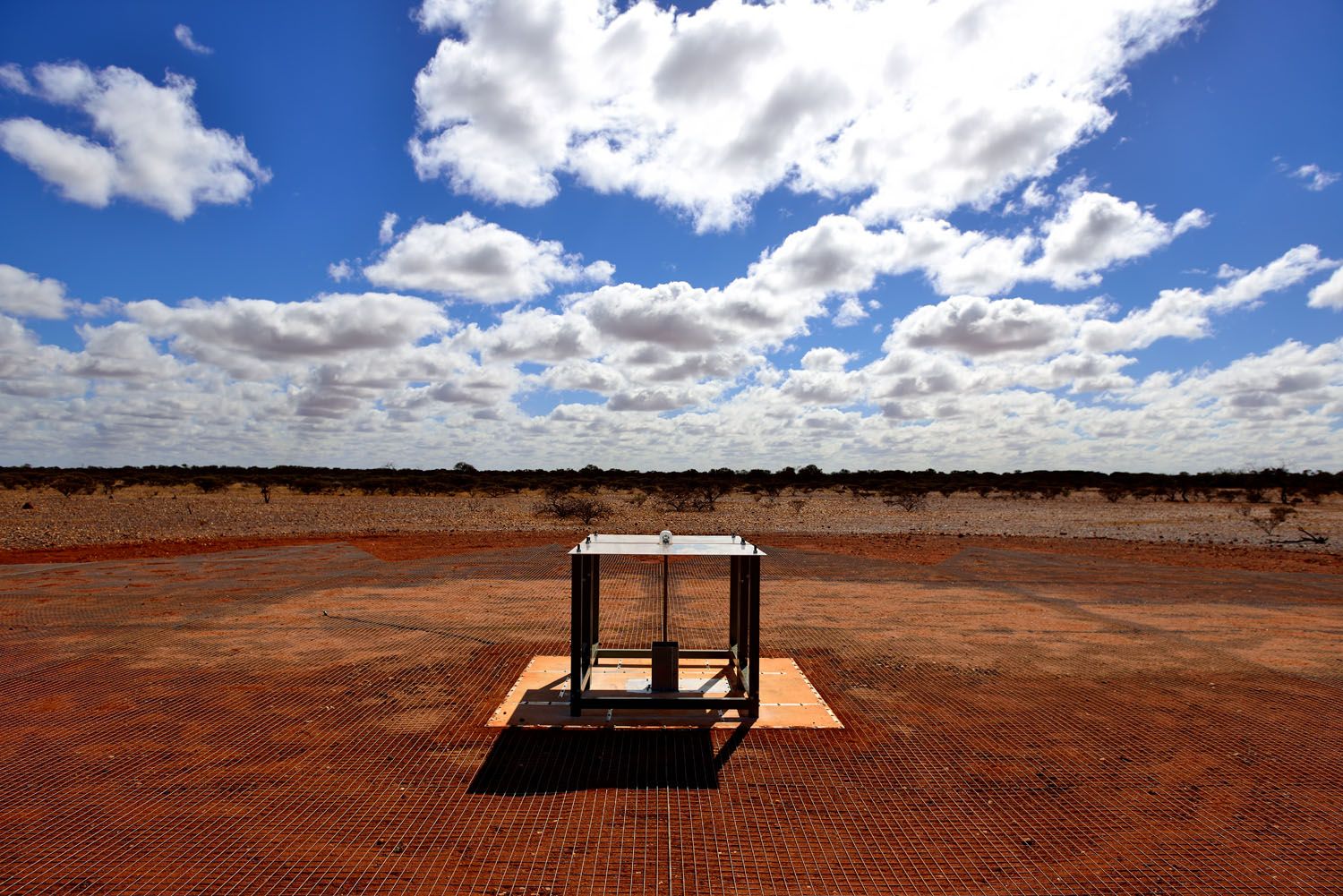Cosmologists call the first couple of hundred million years of the universe’s history the Dark Ages. This is the period until the first stars formed. The Cosmic Dawn is the name given to the epoch during which these first stars formed.
Now there has been a stunning detection of the 21 centimeter line from neutral hydrogen gas in that era. Because the first stars are beginning to form, their radiation induces the hyperfine transition for electrons in the ground state orbitals of hydrogen. This radiation undergoes a cosmological expansion of around a factor of 18 since the era of the Cosmic Dawn. By the time it reaches us, instead of being at the laboratory frequency of 1420 MHz, it is at around 78 MHz.
This is a difficult frequency at which to observe, since the region of spectrum is between the TV and FM bands in the U.S. and instrumentation itself is a source of radio noise. Very remote, radio quiet, sites are necessary to minimize interference from terrestrial sources, and the signal must be picked out from a much stronger cosmic background.

Image credit: CSIRO-Australia and EDGES collaboration, MIT and Arizona State University. EDGES is funded by the National Science Foundation.
This detection was made in Western Australia with a radio detector known as EDGES, that is sensitive in the 50 to 100 MHz range. It is surprisingly small, roughly the size of a large desk. The EDGES program is a collaboration between MIT and Arizona State University.
The researchers detected an absorption feature beginning at 78 MHz, corresponding to a redshift of 17.2 (1420/78 = 18.2 = 1 + z, where z is redshift) and for the canonical cosmological model it corresponds to an age of the universe of 180 million years.
The absorption feature is much stronger than expected from models, implying a lower gas temperature than expected.
At that redshift the cosmic microwave background temperature is at 50 Kelvins (at the present era it is only 2.7 Kelvins). The neutral hydrogen feature is seen in absorption against the warmer cosmic microwave background, and is much cooler (both its ‘spin’ and ‘kinetic’ temperatures).
This neutral hydrogen appears to be at only 3 Kelvins. Existing models had the expectation that it would be at around 7 Kelvins or even higher. (A Kelvin degree equals a Celsius degree, but has its zero point at absolute zero rather than water’s freezing temperature).
In a companion paper, it has been proposed that interactions with dark matter kept the hydrogen gas cooler than expected. This would require an interaction cross section between dark matter and ordinary matter (non- gravitational interaction, perhaps due to the weak force) and low velocities and low masses for dark matter particles. The mass should be only a few GeV (a proton rest mass is .94 GeV). Most WIMP searches in Earth-based labs have been above 10 GeV.
These results need to be confirmed by other experiments. And the dark matter explanation is speculative. But the door has been opened for Cosmic Dawn observations of neutral hydrogen as a new way to hunt for dark matter.
References:
“A Surprising Chill before the Cosmic Dawn” https://www.nature.com/articles/d41586-018-02310-9
EDGES science: http://loco.lab.asu.edu/edges/edges-science/
EDGES array and program: https://www.haystack.mit.edu/ast/arrays/Edges/
R. Barkana 2018, “Possible Interactions between Baryons and Dark Matter Particles Revealed by the First Stars” http://www.nature.com/articles/nature25791